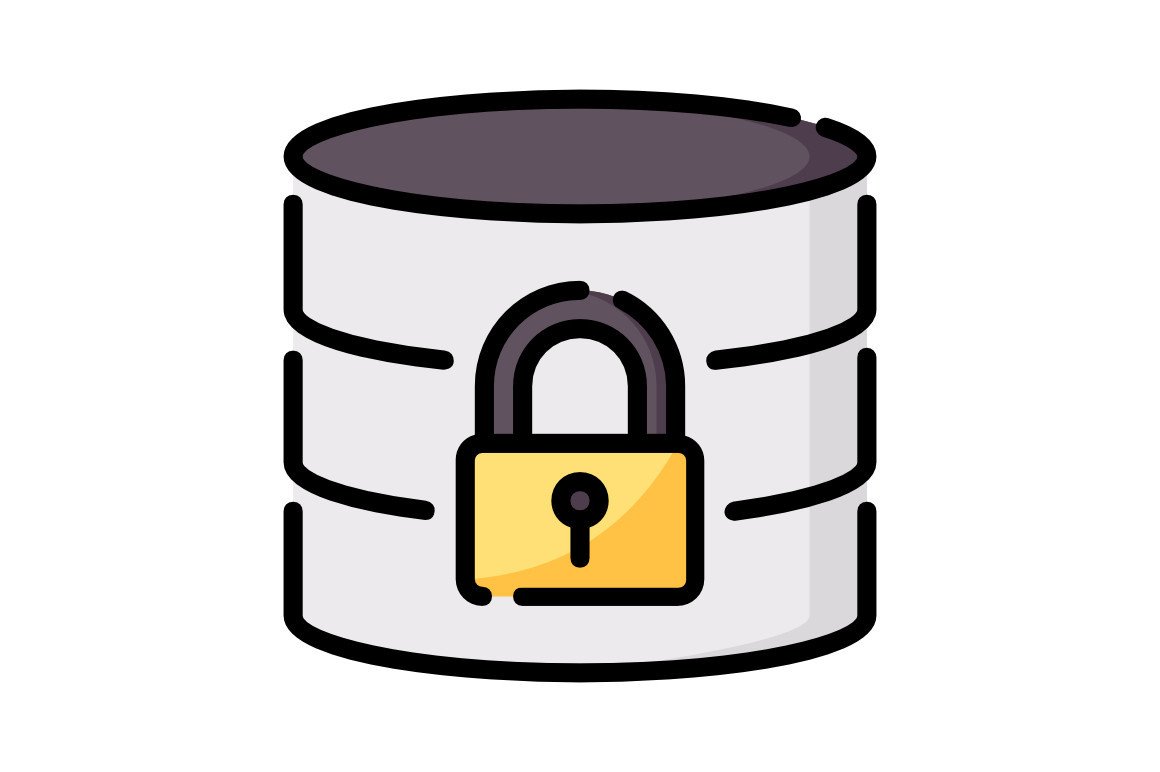When working with critical databases, sometimes you need to "freeze" the database — to prevent any changes during maintenance, audits, or while preparing for backup.
In SQL Server, this isn't a single command, but there are several proven techniques to make a database read-only or effectively unchangeable. Here's how.
❓ What Does "Freezing" a Database Mean?
Freezing a database = Preventing any schema or data modification temporarily (or permanently) while still allowing read (SELECT) access.
✅ Method 1: Set the Database to READ_ONLY
This is the most effective and clean method.
-- Optional: put DB in single-user mode to avoid conflicts
ALTER DATABASE [YourDatabase] SET SINGLE_USER WITH ROLLBACK IMMEDIATE; -- Freeze: make it read-only
ALTER DATABASE [YourDatabase] SET READ_ONLY; -- Optional: revert to multi-user
ALTER DATABASE [YourDatabase] SET MULTI_USER;🔒 Result:
-
No INSERT/UPDATE/DELETE/DDL allowed
-
SELECTs still work fine
-
Admins/devs can quickly toggle state
🔄 To unfreeze:
ALTER DATABASE [YourDatabase] SET READ_WRITE;✅ Method 2: Use a Database Snapshot (Safe Rollback)
A database snapshot is a read-only, point-in-time version of your DB. It's not exactly freezing the live DB, but it gives you a frozen image for audit or recovery.
CREATE DATABASE YourDatabase_Snapshot ON ( NAME = YourDB_DataFileLogicalName, FILENAME = 'D:\Snapshots\YourDatabase_Snapshot.ss' ) AS SNAPSHOT OF YourDatabase;🧩 Use Case:
-
Instant backup before major updates
-
Compare "before/after" states
-
Rollback easily
🔄 To rollback to the snapshot:
RESTORE DATABASE YourDatabase FROM DATABASE_SNAPSHOT = 'YourDatabase_Snapshot';✅ Method 3: Deny Write Permissions (User-level Freezing)
This lets you freeze the DB for specific users or roles.
DENY INSERT, UPDATE, DELETE ON DATABASE::[YourDatabase] TO [YourUserOrRole];🎯 Use Case:
-
Freeze only some users (e.g., app accounts)
-
Allow admin changes if needed
You can also do this table-by-table for more control.
✅ Method 4: Block All Writes with a Trigger (Temporary Freeze)
For aggressive control during short-term freeze windows:
CREATE TRIGGER trg_BlockWrites ON DATABASE FOR INSERT, UPDATE, DELETE AS BEGIN ROLLBACK; RAISERROR ('Database is currently frozen. No writes allowed.', 16, 1); END;
🛑 Use this with caution — affects every DML operation.
To remove it:
DROP TRIGGER trg_BlockWrites ON DATABASE;
🧠 Bonus: Use Transaction-Freezing for Testing
If you're working in a controlled environment, wrap insert/update tests in a transaction and roll back:
BEGIN TRAN -- Test your insert/update ROLLBACK
📊 Method Comparison Table
| Method | Type | Affects All Users | Reversible | Best For |
|---|---|---|---|---|
READ_ONLY |
DB-level | ✅ Yes | ✅ | Full freeze |
| Snapshot | Backup copy | ❌ Read-only only | ✅ | Audit / Recovery |
| DENY Permissions | User-level | ❌ No | ✅ | Per-user control |
| Trigger Blocking | Session-level | ✅ Yes | ✅ | Temporary blocking of writes |
🧊 Final Thoughts
"Freezing" a SQL Server database is context-dependent. Whether you're trying to lock changes during an audit, prevent accidental updates in production, or run large-scale read-only queries — one of these methods will suit your scenario.
📌 For critical production DBs, use READ_ONLY.
📌 For backups and testing, use snapshots or transactions.
📌 For user-specific restrictions, use DENY or role-based permissions.
Need Enterprise Implementation Help?
Techonomy Systems specializes in enterprise SQL Server architecture, ERP integrations, and DevOps practices. Let’s talk: techonomysystems.com
